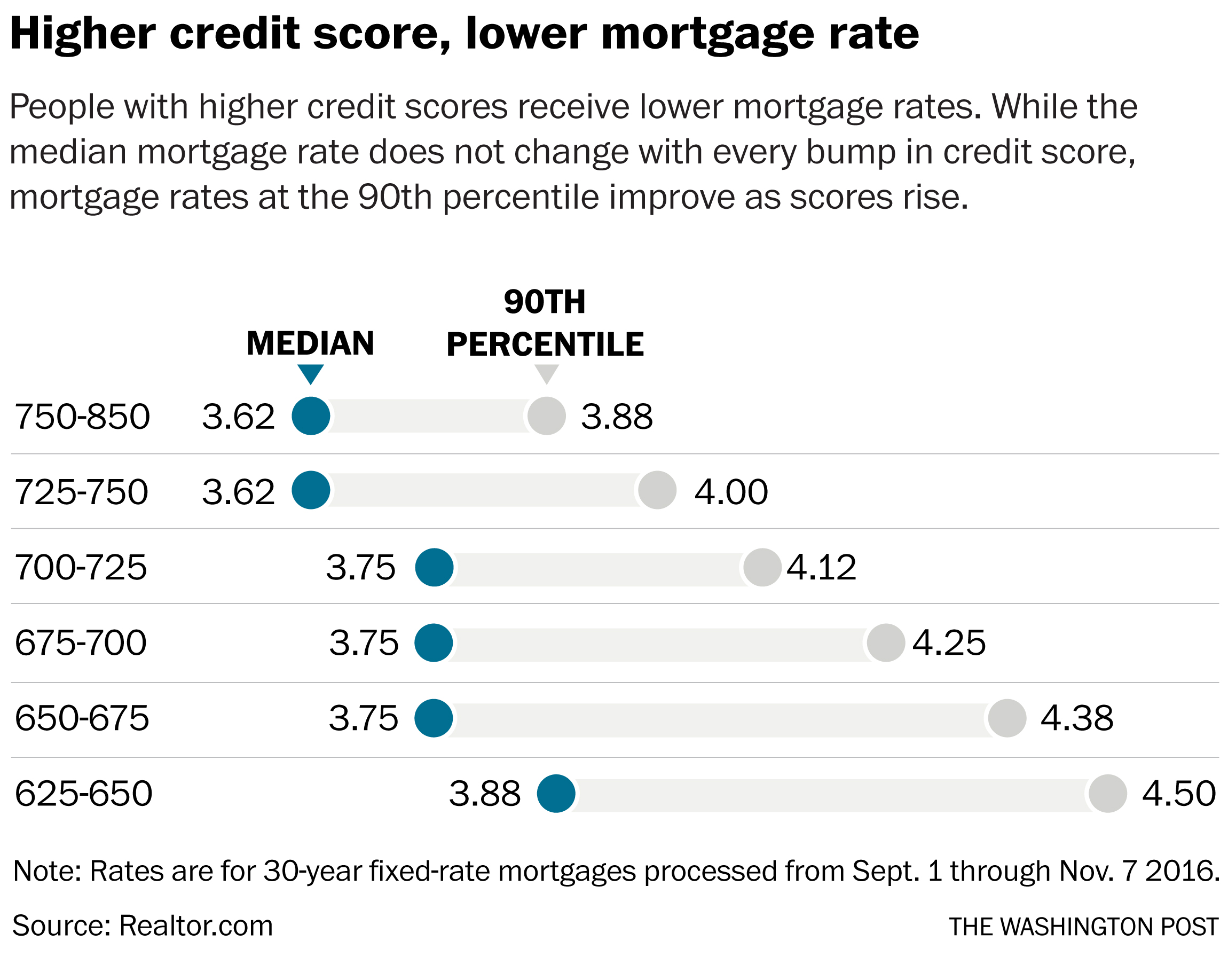The Ginnie Mae CUSIP aggregation program began in March 2019 and was completed in July 2019 and the Desk consolidated approximately 8,000 specific CUSIPs into about 8 aggregated ones. The aggregation procedure was designed to reduce administrative expenses and functional complexities related to the Federal Reserve's company MBS portfolio using a simple and rules-based approach that follows market.
working goals and basic market practices. Other The New York Fed releases comprehensive information on all settled SOMA company MBS holdings on its on a weekly basis. In addition, Fannie Mae, Freddie Mac, and Ginnie Mae supply details about aggregated CUSIPs, consisting of the underlying firm MBS, on their public sites. Yes. Details about specific Fannie Mae, Freddie Mac, and Ginnie Mae firm MBS CUSIPs underlying the Federal Reserve's aggregated CUSIPs will stay offered on these companies' public websites.
's recently enforced limitation on repooling of reperforming forborne loans yet again penalizes servicers serving as important service suppliers in the continuing efforts to secure debtors facing monetary difficulty due to COVID-19. Let me count a few of the methods Ginnie Mae servicers are bearing the force of debtor forbearance under the CARES Act: no servicing cost income during forbearance of approximately a year( and potentially longer ought to Congress decide its needed); no relief from advance requirements for the period of such forbearance; no modification of the structural impediments to private financing to fund advances; and no reimbursement for the expense of funds for advances. http://www.wfmj.com/story/43143561/wesley-financial-group-responds-to-legitimacy-accusations In issuing APM-20-07 on June 29, 2020, Ginnie Mae chose to even more safeguard investors from the possible improved prepayment risk resulting from early swimming pool buyouts of forborne loans. This protection, however, comes at the expense of servicers. By limiting servicers from counting on enduring, legitimate organization activity early swimming pool buyouts coupled with the repooling of reperforming loans Ginnie Mae has actually elected to consider a routine activity as improper because it is unneeded and, gosh, may produce a revenue. This responsibility lasts up until the defaulted loan is bought out.
loan secured by the mortgaged property, the earnings of which are used to bring the loan present. By utilizing a junior lien, the loan does not need to be customized. Currently, a servicer may accomplish a" stand alone partial claim" or a" home loan healing advance" without repurchasing the overdue loan from the pool, but servicers regularly combine the acceptable early buyout of an overdue loan, a reinstatement through a" stand alone partial claim" or" home mortgage healing advance, "and a repooling of the reperforming loan into freshly issued securities. First, the customer under a reperforming loan should have made timely payments for the six months immediately preceding the month in which the associated mortgage-backed securities are provided.
Second, the issue date of the mortgage-backed securities need to be at least 210 days from the last date the loan was delinquent." Reperforming Loans "are not limited to loans that are reinstated through a" stand alone partial claim" or "home loan recovery advance." The term is broadly specified to be a loan that is not more than thirty days overdue, formerly was purchased out of a Ginnie Mae pool, and has the exact same rate and terms as the originally pooled loans. The APM just means the factor behind Ginnie Mae's change in position, specifying that "Ginnie Mae looks for to ensure that transactional activity related to these options does not impair market self-confidence in Ginnie Mae securities. "It highlights that FHA's "Stand Alone Partial Claim" and USDA's "Mortgage Recovery Advance" do not need pool repurchases unless the regards to.

The Basic Principles Of What Banks Give Mortgages Without Tax Returns
the loan need adjustment. Simply put, Ginnie Mae is depriving servicers of an enduring, legitimate, optional service method under the Ginnie Mae program obviously due to the fact that this discretionary activity is not essential to enable a servicer to cease maintenance advances in regard of forbearance. Generating a profit from repooling reperforming loans somehow is timeshare resale companies deemed a nefarious activity. In isolation, insulating financiers in Ginnie Mae securities from enhanced prepayment danger relating to forbearance certainly is a worthwhile public policy goal. When compared to the expenses, expenses and lost revenue servicers are bearing in respect of forbearance, one needs to wonder whether Ginnie Mae is fairly stabilizing the interests of servicers and investors.
While Ginnie Mae may have the authority to modify the Mortgage-Backed Securities Guide from time to time, servicers have a right to fairly depend on the basic construct of the program without material unfavorable modifications not grounded in law or abuse. Servicers produce, get and finance their Ginnie Mae MSRs based upon this reasonable expectation. When you want to have a good time in the sun right in.
your backyard, a pool of your own may be paradise. A pool includes a substantial price, though, so be prepared to spend for it over time. While you have a couple of different alternatives, among the simplest is to fund a new swimming pool with a brand-new home mortgage. Initially, contact the lending institution with which you have your present home mortgage to ask about a new home mortgage.
Frequently your current lender will be excited to maintain your financing, possibly providing appealing interest and terms. which mortgages have the hifhest right to payment'. Note the terms used by your current loan provider. Approach two or three other lending institutions to ask about a new home loan. With a new lender, you will need to reveal proof of identity and earnings, service warranty deed and property owner's insurance coverage. The brand-new lender will investigate your credit and.
inspect the worth of your home during a prequalification procedure. After validating your information and examining your creditworthiness, the lender may extend you prequalification status.